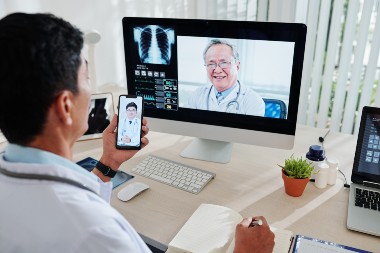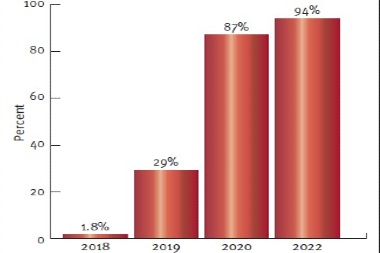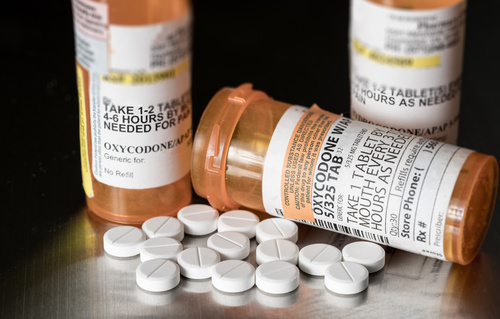Pharmaceutical company Eli Lilly just launched its own telehealth website where patients can access physician appointments and the prescription drug tirzepatide (Mounjaro and Zepbound) for weight loss. The new LillyDirect platform also offers free home-delivery service, but it will not provide discounts on tirzepatide. As described in a news story in People, Mounjaro is approved to treat type 2 diabetes, and Zepbound is approved to treat obesity, each with a list price of more than $1,000 for a …
Read More









